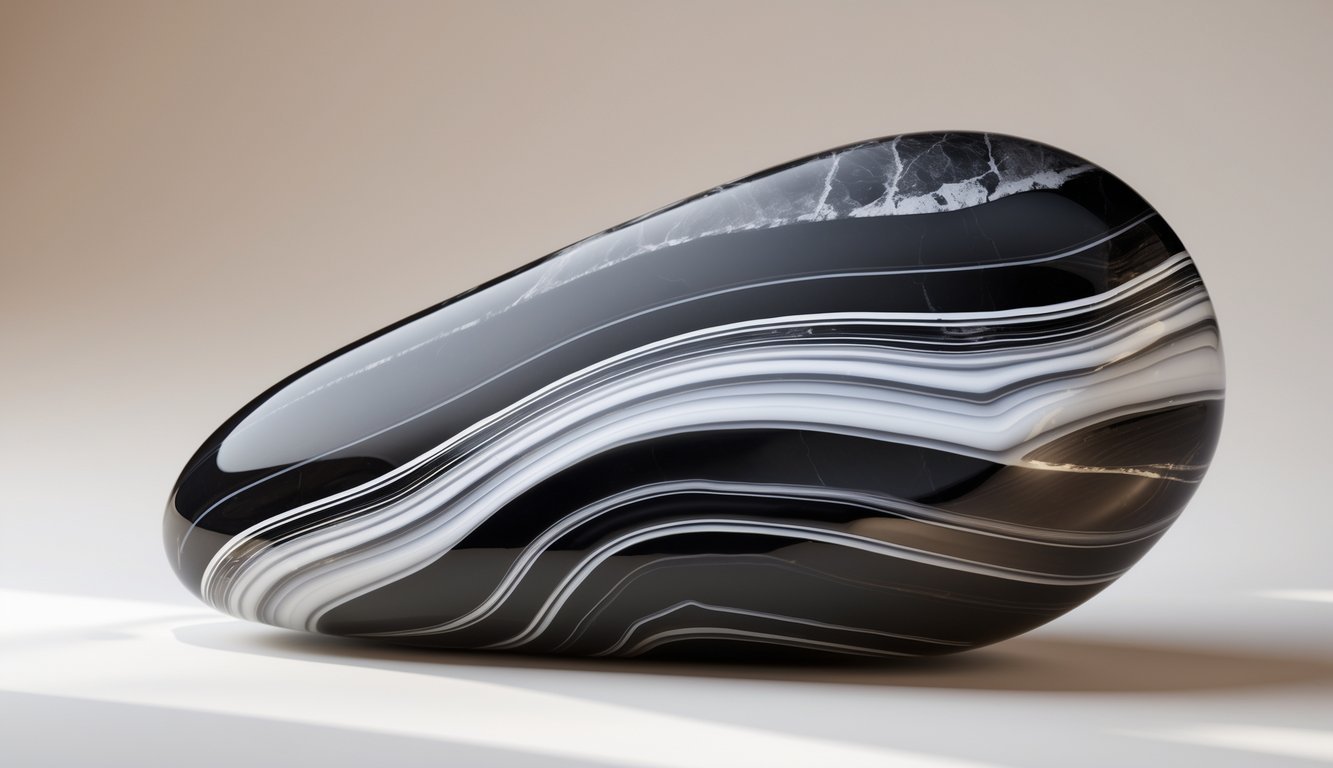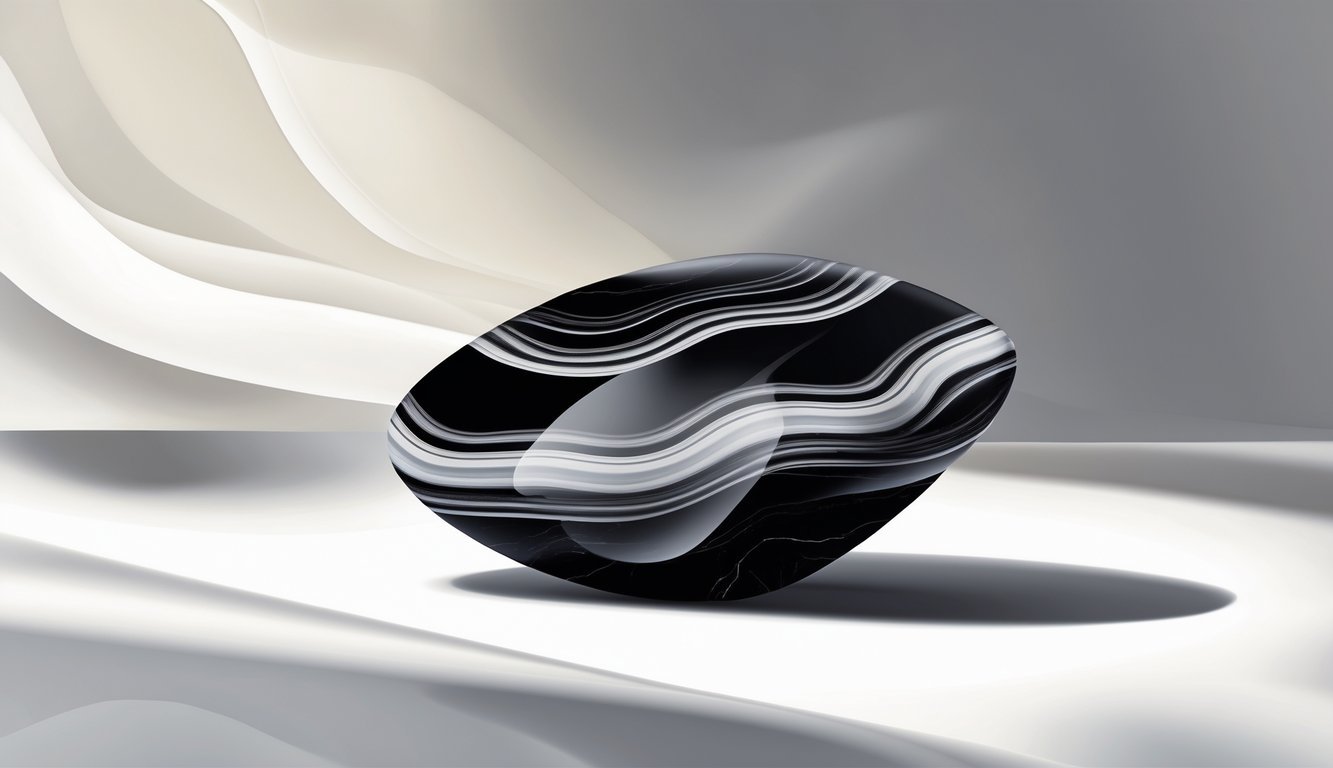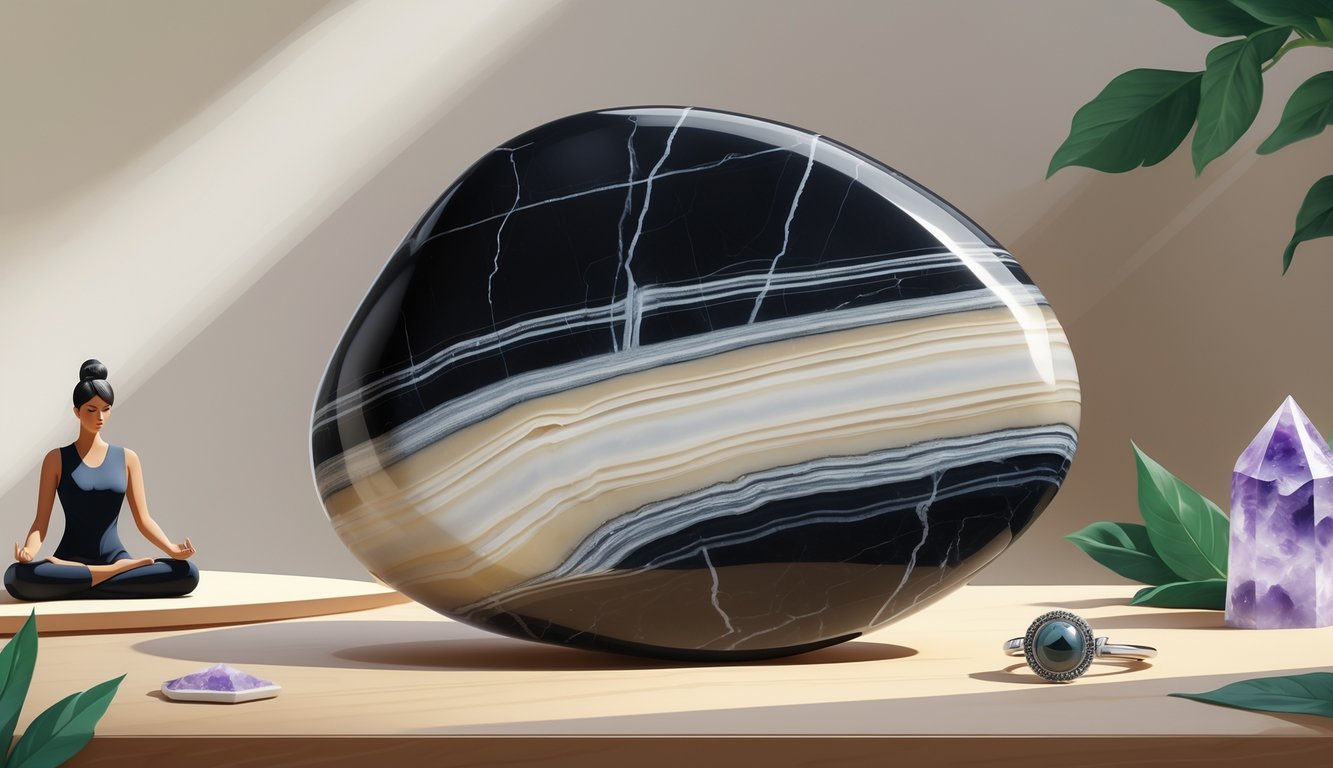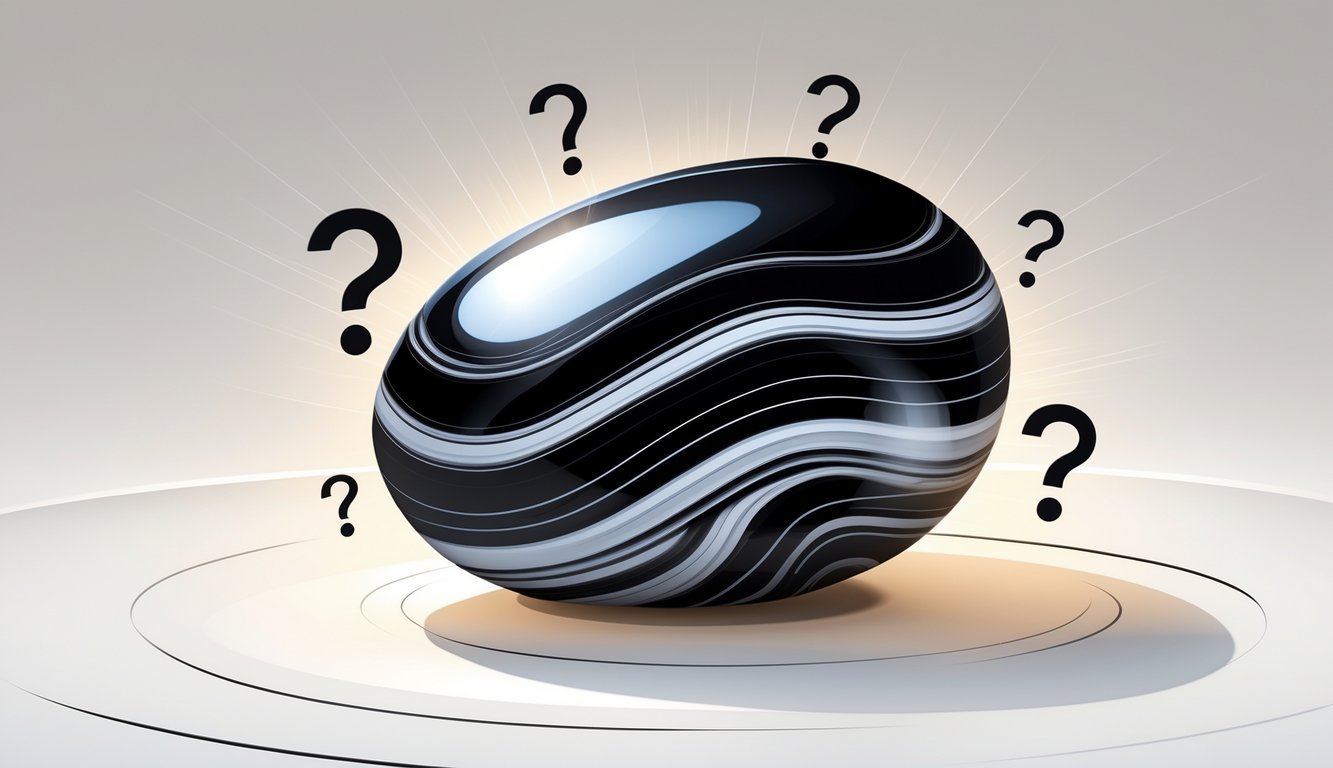PsychNewsDaily Publishers
100 Summit Drive
Burlington, MA, 01803
Telephone: (320) 349-2484
PsychNewsDaily Publishers
100 Summit Drive
Burlington, MA, 01803
Telephone: (320) 349-2484
Onyx is a banded gemstone valued for its beauty, protection, and focus, featuring in jewelry, art, and cultural rituals across various civilizations.

Onyx stone stands out as a gemstone with bold black-and-white bands and a super smooth finish. People have always valued it for more than just its looks—it’s got a reputation for protection and focus. That vibe has stuck around for centuries, showing up in carvings and accessories. There’s just something timeless about onyx if you’re into style with a little extra meaning.
You’ll spot onyx in rings, necklaces, and sometimes fancy tiles, thanks to those natural patterns. Lots of folks believe onyx brings strength and stability into their lives. Whether you want a cool piece of jewelry or a stone with some personal significance, onyx kind of checks both boxes.

Onyx is a unique stone with bold layers and bands of color. You’ll find all sorts of onyx types, each with their own color and quality.
Its physical and optical properties make it a favorite for jewelry and decorative items.
Onyx is actually a type of chalcedony, which is a form of microcrystalline quartz. It’s a close cousin to agate, but onyx stands out because its bands are straight and run parallel.
These bands usually switch between light and dark, giving onyx that signature look.
Think of onyx as a silica mineral, mostly made of quartz. It forms in layers inside rocks like limestone, where minerals settle slowly over time.
Onyx isn’t always black and white—you’ll also see green, blue, red, brown, and yellow kinds.
Black onyx is probably the one you know best. It’s either solid black or has deep, dark bands. White onyx is nearly pure white or has super light bands for a softer look.
Green and blue onyx pop up less often and look pretty vibrant.
There’s also carnelian onyx, which mixes carnelian’s red-orange color with onyx bands. Sardonyx blends red-brown sard with onyx stripes. Some stones show off their natural colors, while others get dyed to make those shades even brighter.
Common Onyx Colors:
| Color | Description |
|---|---|
| Black | Solid or dark bands |
| White | Light or nearly pure white |
| Green | Shades of green, less common |
| Blue | Rare, soft blue tones |
| Red (Carnelian) | Red-orange with bands |
| Brown | Earthy tones with layers |
| Yellow | Warm shades, sometimes translucent |
Onyx scores a 6.5 to 7 on the Mohs scale, so it’s pretty hard but not scratch-proof. Its density falls between 2.55 and 2.70, which is about normal for quartz.
Most onyx is opaque, but thin slices can look a bit see-through. That’s why people use it for carvings and decor that catch the light.
Polished onyx gets a glassy shine, and its refractive index sits around 1.530 to 1.540. That slight bend of light adds to its sparkle.
You’ll often see onyx cut and polished to show off those bands.
One thing—onyx marble isn’t the same as onyx stone. Onyx marble is a type of limestone, while real onyx is quartz. That difference changes how they look and how you use them.

People love onyx for its beauty and the sense of strength it brings. You’ll see it in jewelry, art, and even as a healing or protective stone.
It’s got meaning in lots of cultures, and it’s sourced from several parts of the world.
Onyx shows up in rings, necklaces, and earrings because of that smooth black color and shiny finish. Jewelers often carve it into beads, cameos, and intaglios, adding detail and personality to each piece.
You might spot onyx in cameos with raised images or intaglios carved right into the stone. These classic styles never really go out of fashion.
Onyx beads are easy to wear every day, strung into bracelets or necklaces.
The stone’s toughness helps it last in jewelry, and its protective symbolism draws people who want a talisman for strength and confidence.
In ancient times, people saw onyx as a symbol of courage, wisdom, and protection. Folks believed it kept bad vibes and bad luck at bay.
Some cultures thought onyx could soak up negative energy, helping you stay strong inside.
Onyx has roots in traditions from India, Mexico, and the Middle East. In Arabic culture, black onyx sometimes connects to sadness, but in other places, it stands for stability and power.
Artisans carved it into seals, amulets, and special objects.
Today, onyx still plays a part in rituals and can be a birthstone for Leos, helping with confidence and focus.
People turn to onyx for both physical and emotional healing. It’s said to help with balance and grounding, especially through the root chakra.
If you’re hoping to ease stress or steady your energy, onyx is a popular pick.
Onyx is also believed to sharpen focus, boost self-control, and bring clarity. It can help with memory and decision-making, too.
Some say it protects your aura by keeping negativity away.
If you’re dealing with anxiety or emotional ups and downs, onyx’s energy can feel calming and grounding. That little boost of stability might just make daily life a bit smoother.
You’ll find onyx in India, Brazil, Mexico, Madagascar, and Uruguay. Each spot produces stones with their own colors and qualities.
Mexican onyx is known for its fine grain and deep color. Brazilian and Indian onyx are easier to carve, making them popular for decorative pieces.
Madagascar’s onyx shines brightly and is a favorite for jewelry.
Knowing where your onyx comes from can help you pick the right one for your style or energy needs.

Onyx stones are beautiful and have personal value. You might want to know about their benefits, price, spiritual meaning, who can wear them, and how they differ.
Wearing onyx may help you focus better and feel emotionally stronger. People believe it protects against negativity and boosts self-confidence, especially during tough times.
Plus, it looks great, so it works for both casual and dressy outfits.
Color, size, clarity, and cut all affect the price. Black onyx is usually easier to find and less expensive, while rare colors like green can cost more.
The way it’s treated and crafted also matters. Smooth, high-quality stones tend to fetch higher prices.
Onyx is thought to absorb negative energy and help balance your emotions. Many use it during meditation or as a protective charm.
It’s linked with grounding, helping you feel calmer and more secure.
Almost anyone can wear onyx without problems. There aren’t any real restrictions, so you can try it no matter your background or beliefs.
If you’re sensitive to stones, maybe start by wearing it for a short time and see how you feel.
Yep, onyx comes in lots of colors and patterns. Black onyx is the most common, but you’ll also find white, green, and banded versions.
Each type has its own look and sometimes slight differences in hardness or shine.
Black onyx stands out with its deep, solid black color. The surface feels smooth and shows off a glossy finish.
People often choose black onyx for jewelry since it looks so striking.
Green onyx, on the other hand, comes in shades of green that range from translucent to opaque. You might notice natural banding patterns running through it.
It’s not as common as black onyx and tends to be a bit more delicate.